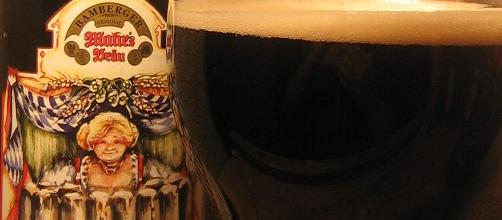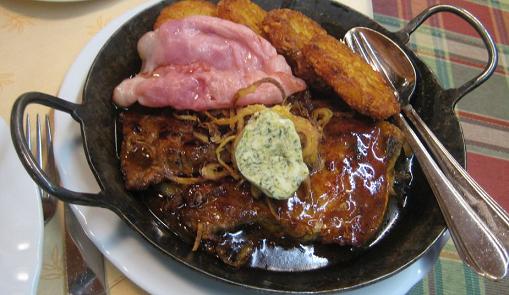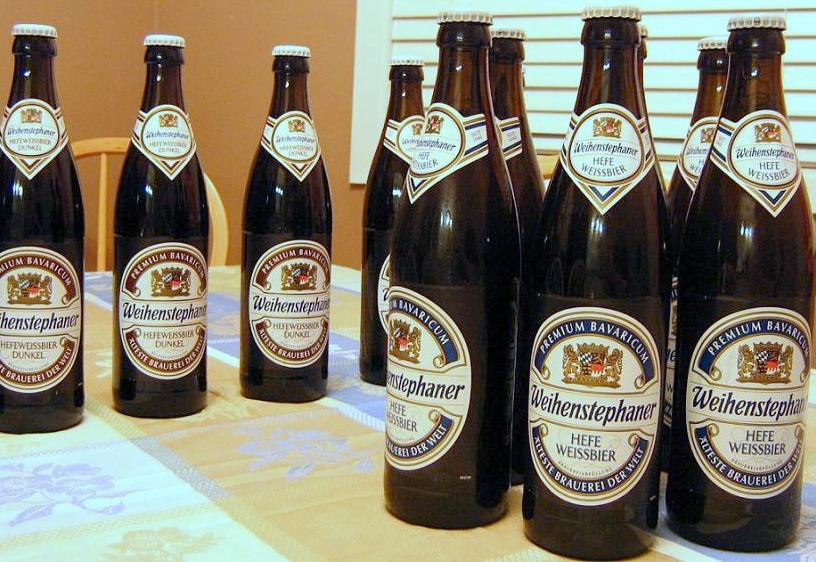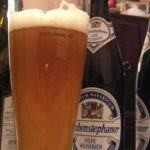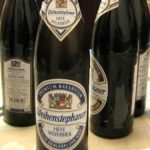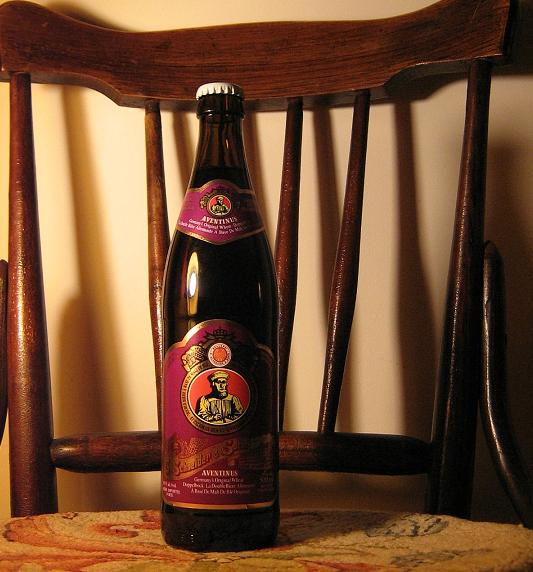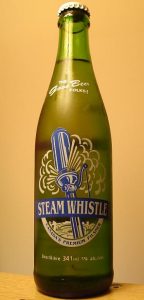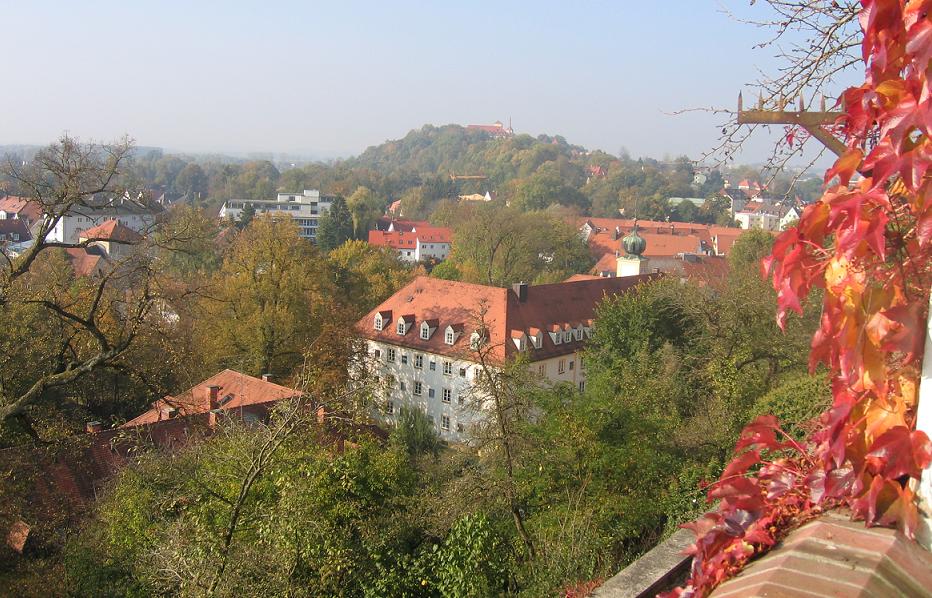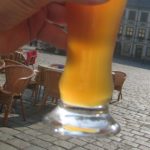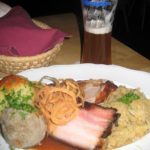It was time to clear out a few obscure brews that have been hogging stash shelf space and I grabbed nothing but the Germans. I thought it was going to turn out to be about sharp hops of one sort or another, the sort of thing I ran into over two years ago. I was absolutely stunned when top after top was popped to expose another soft deep dark brown earthy complex beer of one sort or another. These beers were not particularly to a style or a region that I know of. I bought them at different times and different places without a plan and really without really looking. But it didn’t strike me as a fluke.
I’ve had simple German dunkels before and while I liked them I was not blown away. Too little a step up from black lagers. I was looking for more oomph. But I’ve had hints that the sorts of beers were within reach, liken when I had a Korbinian from Weihenstephaner. But this week was proof – everyone one a keeper. Here is, to quote Joe, my “vaguely pornographic list of bottles opened“:
- Der Weisse Bock: by Mahr’s. Is this the greatest smelling beer of all time? Black cherry so thick it verges on licorice. All over a mat of pumpernickel. In the mouth, it is bright and sweet with the aroma flavours enhanced by a citric acidic zip as well as a decent level of grain texture. At 8.5%, heavy but not hot. The goat on the label is actually licking the foaming head off the glass. I would too if I had enough of these. So nice I don’t even feel shelted. Great BAer respect.
- Moosbacher Kellerbier: By Private Landbrauerei Scheuerer. Appled barley candy, a little smokiness in the bitter. Not unlike low carbonation Scots ale like Caledonian 80/ but with a little zag of steel to the hops. Six months past the best before date. Bought at the Galeville Grocery some time ago for $3.69 a 5.2% half litre swing top. I am a big fan of the style this being my fourth. Solid BAer respect.
- Bavarian Dunkler Weizenbock: by Brauere Michael Plank: Fabulous looking lively carbonated chestnut ale with a well hidden 7.5%. Very light on the usual weizen banana and clove but plenty of flavour date and thompson raisin under wheat grain and grass that adds up to a sort of black cherry effect when you look at it that way. Fresh and moreish even at this strength. Far less spicy than its style mate Adventus. BAers take this one another notch higher.
- Schwelmer Alt: by Brauerei Schwelm. I got this for 1.90 USD somewhere. It pours a lovely bright chestnut under mocha froth and foam. On the nose, as big and malty rich as concentrated as opening a can of malt extract. Lighter in body that the nose would leave you expecting. A slight smoke note, a little metallic tinge, fresh water and tastes of dry fruit and apple butter. Massively moreish. Oodles of BAer respect.
- Jubelfestbier: by Mahr’s. How many ways can I say deep chestnut ale with a mocha rim and foam. Another soft water malty gem. Scents of earthy dark dry fruit and cocoa. In the mouth, again, it is lighter than the smell might have suggested. Nutty brown malts, a nod to steel hops sitting very much below the profile. Chalky cream yeast. Again moreish. Extremely moreish. Just 4.9%. You could drink buckets of this beer. Huge BAer respect.
I had no idea. Easy drinking yet complex yet comforting beers. These are the sorts of beers you imagine good English milds and browns would turn out to be but those are really are lighter, more guzzlable. These beers are slower, reminding me of the Scots malty beers I got to try on the old tartaned family trips – though different again. Why aren’t these sorts of beers being made in North America? And if they are… where can I find them?

